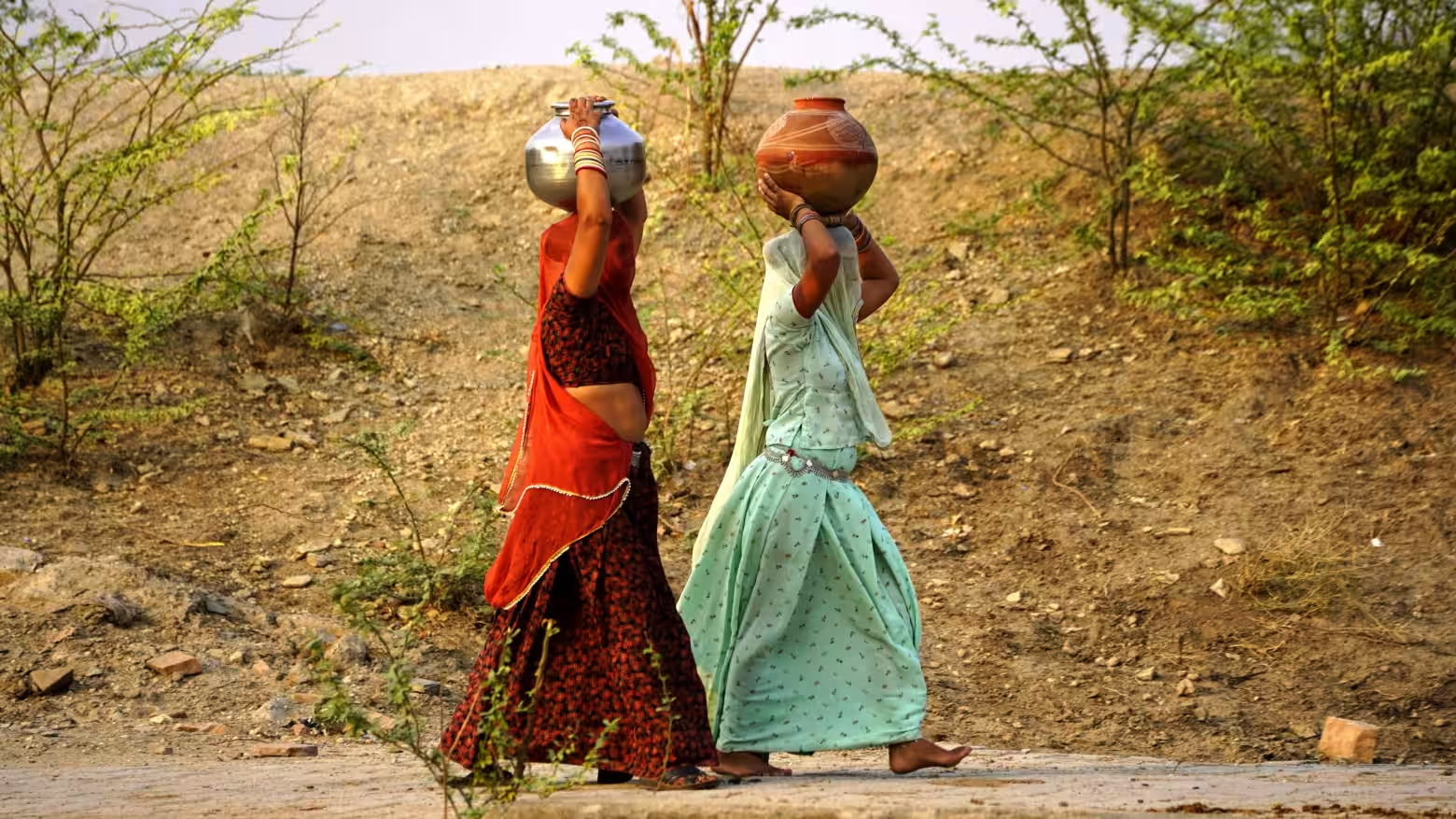Prof. Syed Munir Khasru
Nikkei Asia
July 11, 2024
Link: https://asia.nikkei.com/Opinion/Is-the-world-ready-to-house-10-billion-people
World Population Day on July 11 comes at a time when humanity is at the brink of an extraordinary demographic transformation. The global population, currently around 7.6 billion, is projected by the United Nations to surge to 9.8 billion by 2050 and 11.2 billion by 2100. This unprecedented demographic shift raises a pressing question: Is our world prepared to accommodate 10 billion inhabitants?
Asia, which houses 60% of the world’s population, will bear the brunt of this growth. India has surpassed China as the world’s most populous nation, with 1.4286 billion people, while China has 1.4257 billion people, according to U.N. data. It is a double-edged sword: While it could fuel economic growth through a demographic dividend, it also places immense strain on resources and infrastructure.
The exponential growth in population exacerbates socioeconomic disparities as nearly 700 million people already live on less than $2.15 per day — the World Bank’s extreme poverty line. As the population increases, this figure could rise if economic growth does not keep pace with demographic expansion. In many Asian cities, the housing crisis is already acute. Mumbai’s Dharavi, often called Asia’s largest slum, houses nearly a million people in an area of just 2.1 square kilometers, exemplifying the pressing need for innovative, affordable housing solutions.
Today, 703 million people are age 65 or older, and the U.N. projects that this figure will soar to 1.5 billion by 2050, profoundly impacting health care, economies and social systems worldwide. In many developing countries, health care systems are already overstretched. There is a significant shortage of health care workers, with the World Health Organization seeing a shortfall of 18 million health workers by 2030, primarily in low- and middle-income countries.
The population boom is accelerating urbanization, particularly in Asia. By 2030, the world is projected by the U.N. to have 43 megacities with more than 10 million inhabitants, most of them in developing regions. While Tokyo currently is the world’s largest city, with 37 million inhabitants in the greater metropolitan area, emerging megacities like New Delhi, Mumbai and Dhaka are growing at breakneck speeds, often outpacing infrastructure development. This unplanned urbanization is leading to the proliferation of slums, inadequate housing and overburdened public services.
The need for sustainable urban planning has never been more urgent to avoid an impending crisis in these rapidly expanding urban centers.
As populations swell, providing adequate housing becomes a monumental challenge. It is estimated by the U.N. that 3 billion people will need new housing and basic urban infrastructure by 2030. Migration increased New Delhi’s population by 283,000 people in 2021, according to a city economic survey, which is more than double the net increase of 101,000 people resulting from births after adjusting for deaths.
Rural-urban migration is a key factor driving rapid urban growth in Dhaka, with approximately half a million people moving to the city every year for better employment opportunities and essential services, according to a 2017 survey. Most rickshaw drivers in Dhaka, who are nearly all men, rent their vehicles daily and lack permanent homes in the city. About 45% rent a room with their families, and over 80% visit their rural homes every six months, a local study shows.
Population growth, coupled with increased consumption, is a key driver of climate change. As populations expand, demands on natural resources intensify, greenhouse gas emissions increase and land-use changes become more dramatic. We are approaching several planetary boundaries, and the consequences are already visible, including in Asia. The rapid development of coastal megacities like Jakarta and Ho Chi Minh City has led to severe land subsidence, making them increasingly vulnerable to sea-level rise. This highlights the urgent need for sustainable development practices that balance growth with environmental preservation.
As populations grow, competition for dwindling resources intensifies. Water scarcity, in particular, looms as a potential flashpoint. By 2040, 33 countries are projected to face extremely high water stress, experiencing intense competition for water and a depletion of surface water. The specter of water scarcity raises concerns about potential conflicts and mass migrations in the coming decades. Urgent water-sharing agreements and improved water management strategies are crucial to averting a crisis that could have far-reaching geopolitical consequences.
Educating and employing a rapidly growing population presents significant hurdles. About 258 million children, youths and adolescents are out of school and 280 million jobs need to be created by 2050 just to keep up with population growth, according to UNESCO. In India, despite its demographic dividend, youth unemployment remains high, underscoring the challenge of translating population growth into economic prosperity.
Artificial intelligence could replace 300 million full-time jobs, a report by investment bank Goldman Sachs says, highlighting the need to reskill over 1 billion people by 2030 to keep pace with technological advancements. In Group of 20 countries, failing to meet this demand could risk $11.5 trillion in potential GDP growth over the next decade, the World Economic Forum estimates. Without quality education and meaningful employment opportunities, the demographic dividend could transform into a demographic disaster.
The impending demographic shift also presents an opportunity for innovation and global cooperation. The sheer scale of the challenge demands nothing less than a reimagining of how we live, work and coexist on this planet. Urban planners are exploring novel concepts, such as micro-apartments, vertical forests and repurposed industrial spaces, that could be part of the sustainable housing solution to growing urban populations. Crucially, we need to invest heavily in education and job creation to turn the growing population into an asset rather than a liability.
Sustaining a planet with 10 billion inhabitants will require all stakeholders — governments, the private sector, international organizations and civil society — to mobilize intellectual, financial and physical resources for effectively responding to a common challenge that can become a ticking bomb if left unattended.




0 Comments